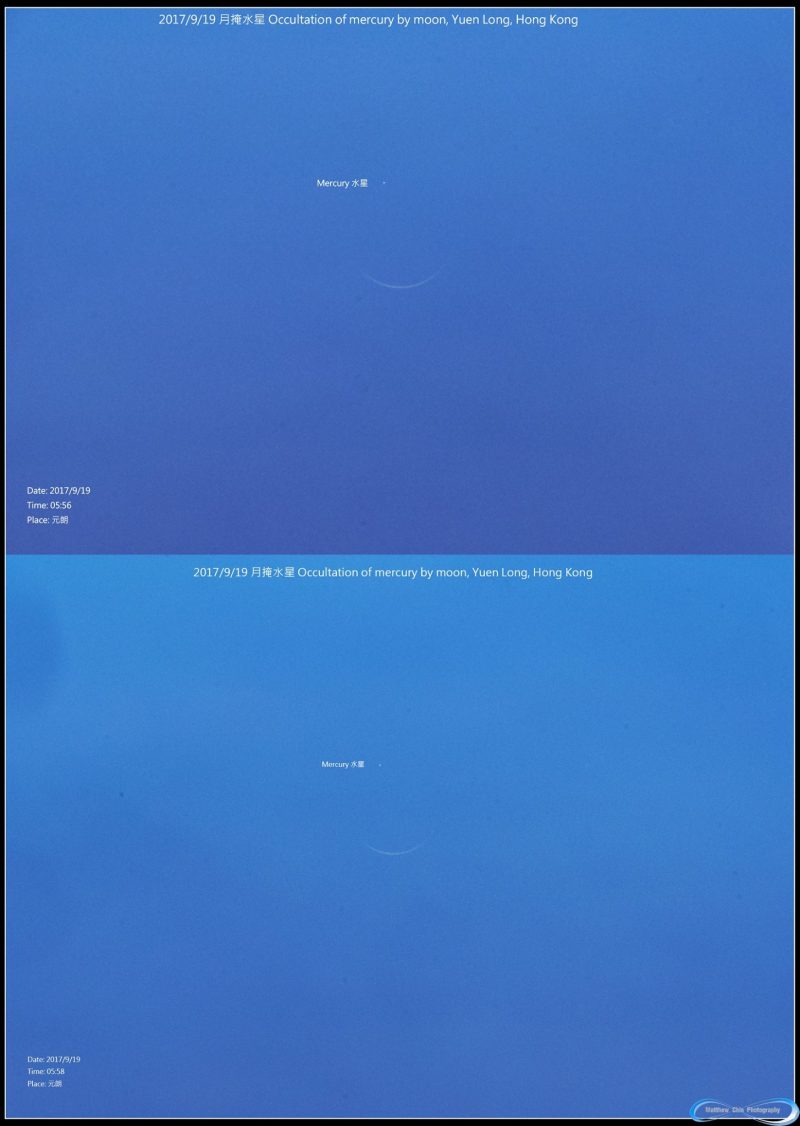

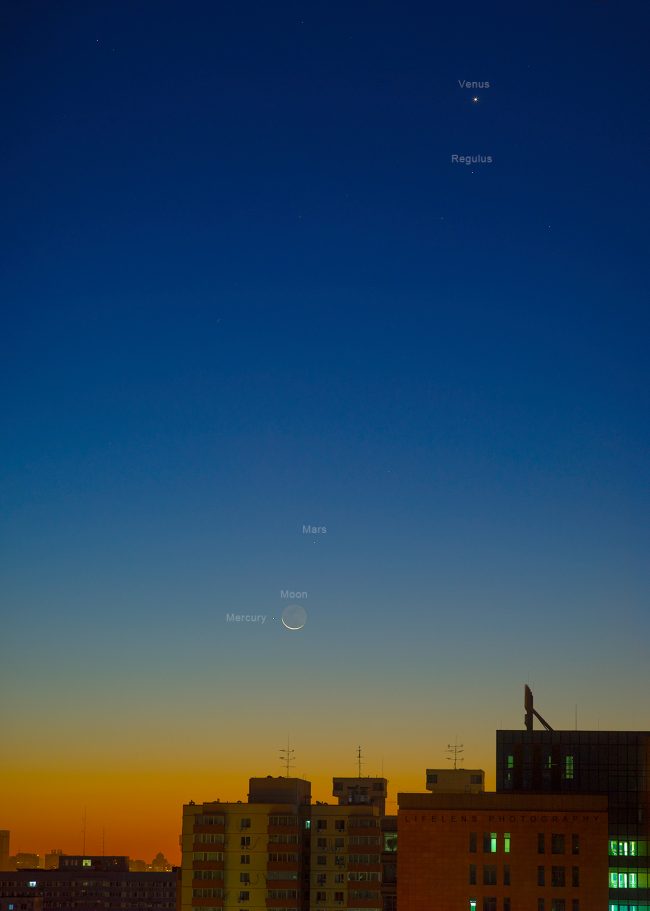
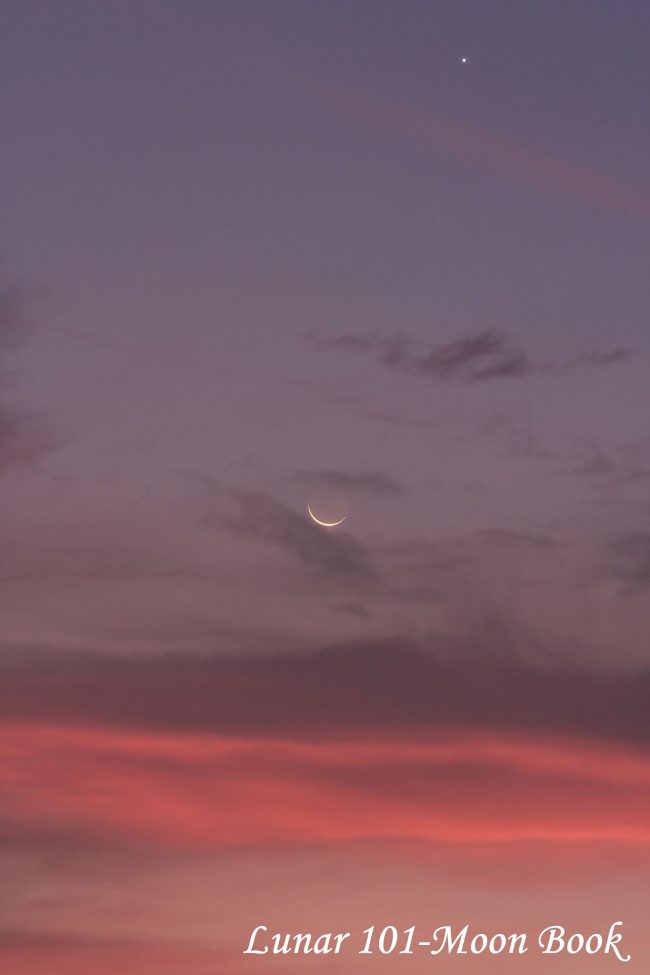
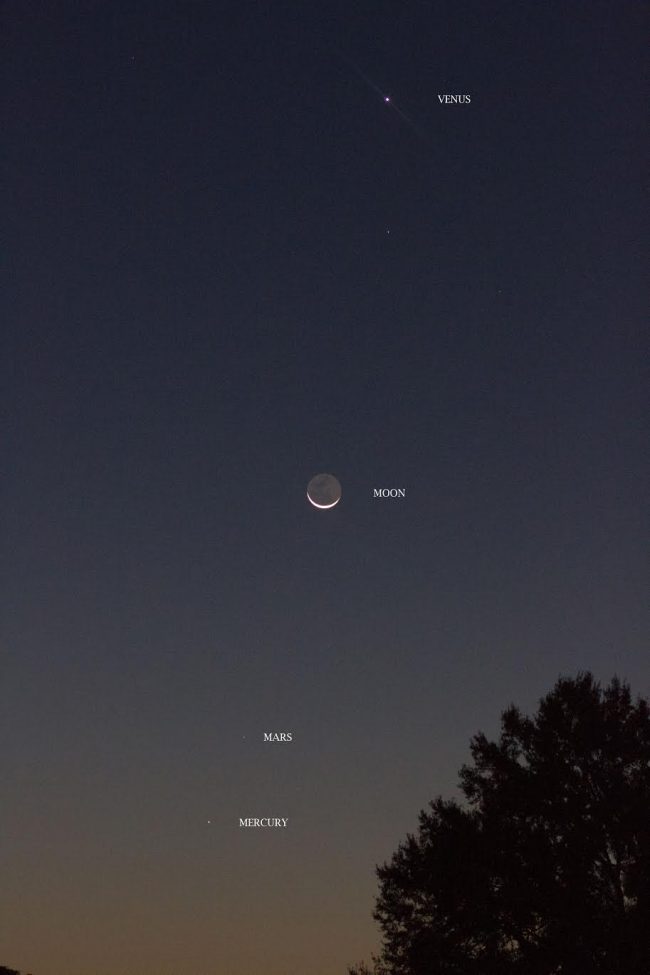


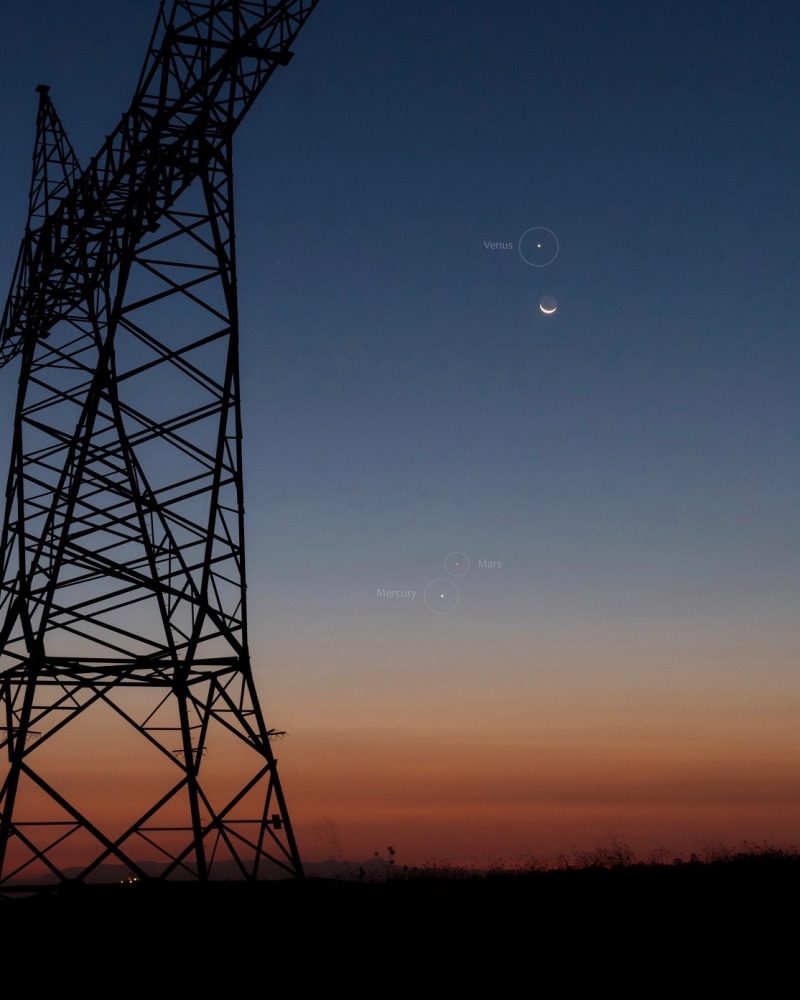
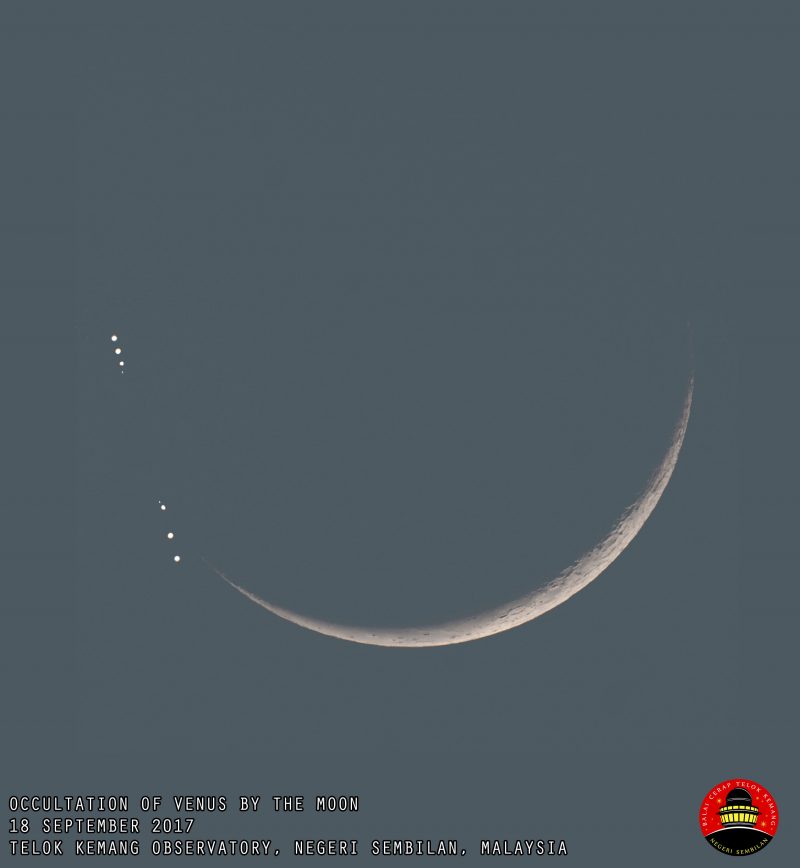
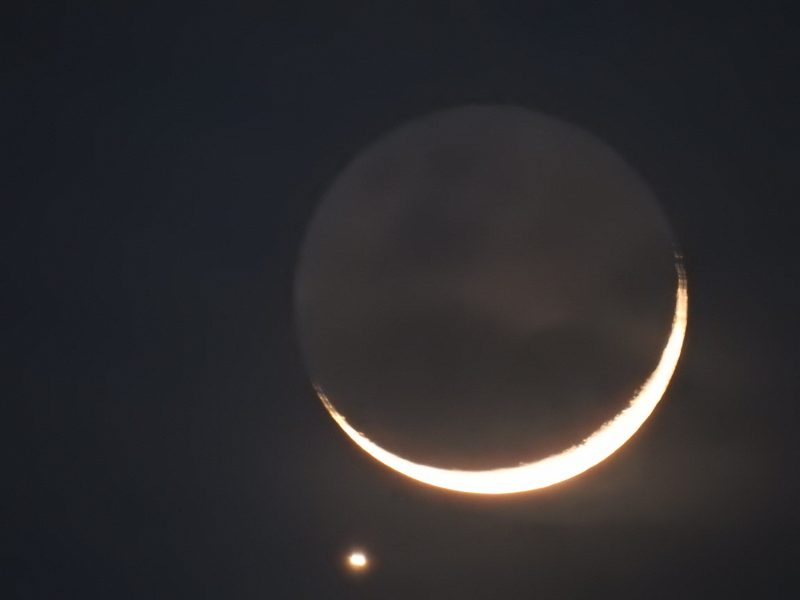



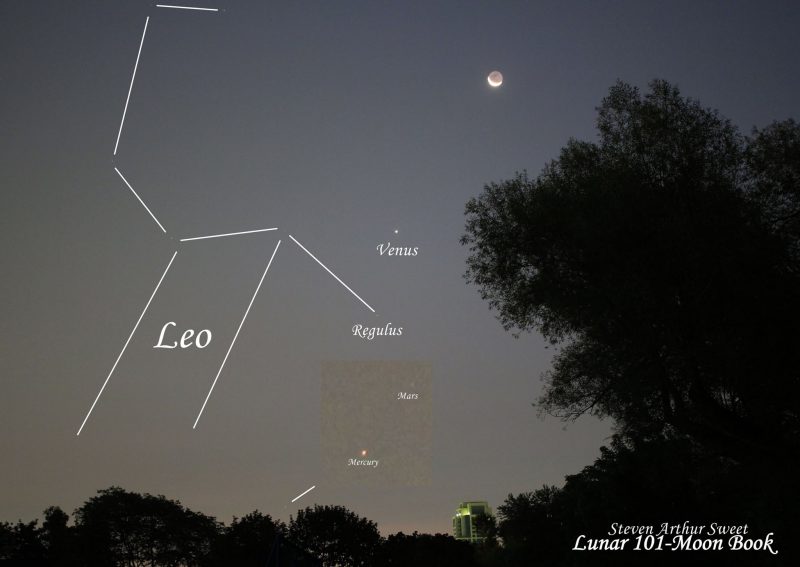
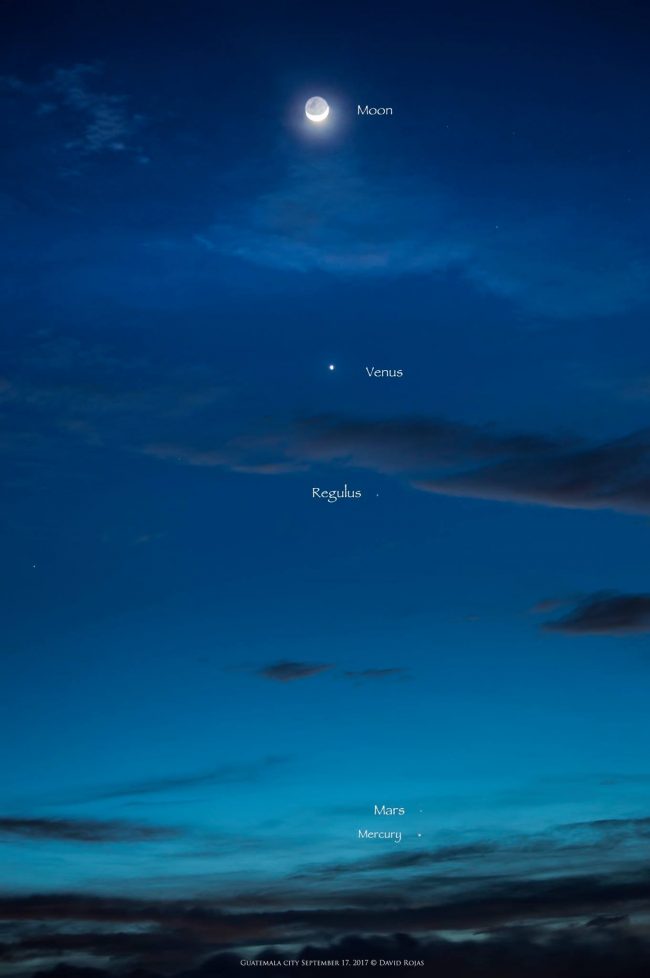

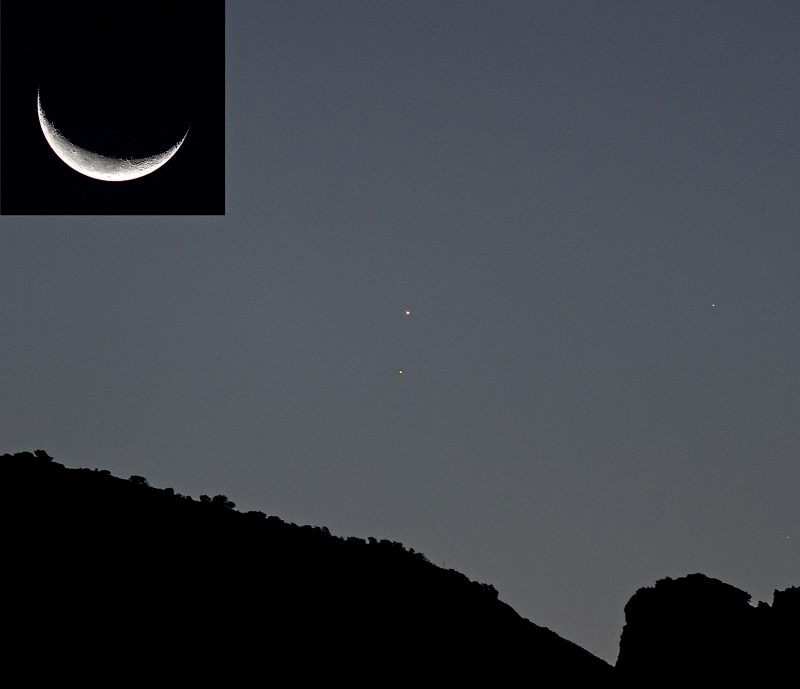



Like what you read?
Subscribe and receive daily news delivered to your inbox.
Thank you! Your submission has been received!
Oops! Something went wrong while submitting the form.
More from
Deborah Byrd
View All
Why do we celebrate Earth Day on April 22?
April 21, 2024
Why does the moon seem to follow me when I’m in a car?
April 19, 2024
Kochab and Pherkad: Outer bowl stars of the Little Dipper
April 18, 2024
Meet Gaia BH3, our galaxy’s most massive stellar black hole
April 17, 2024











